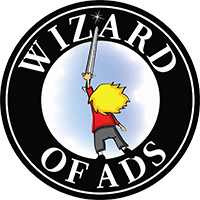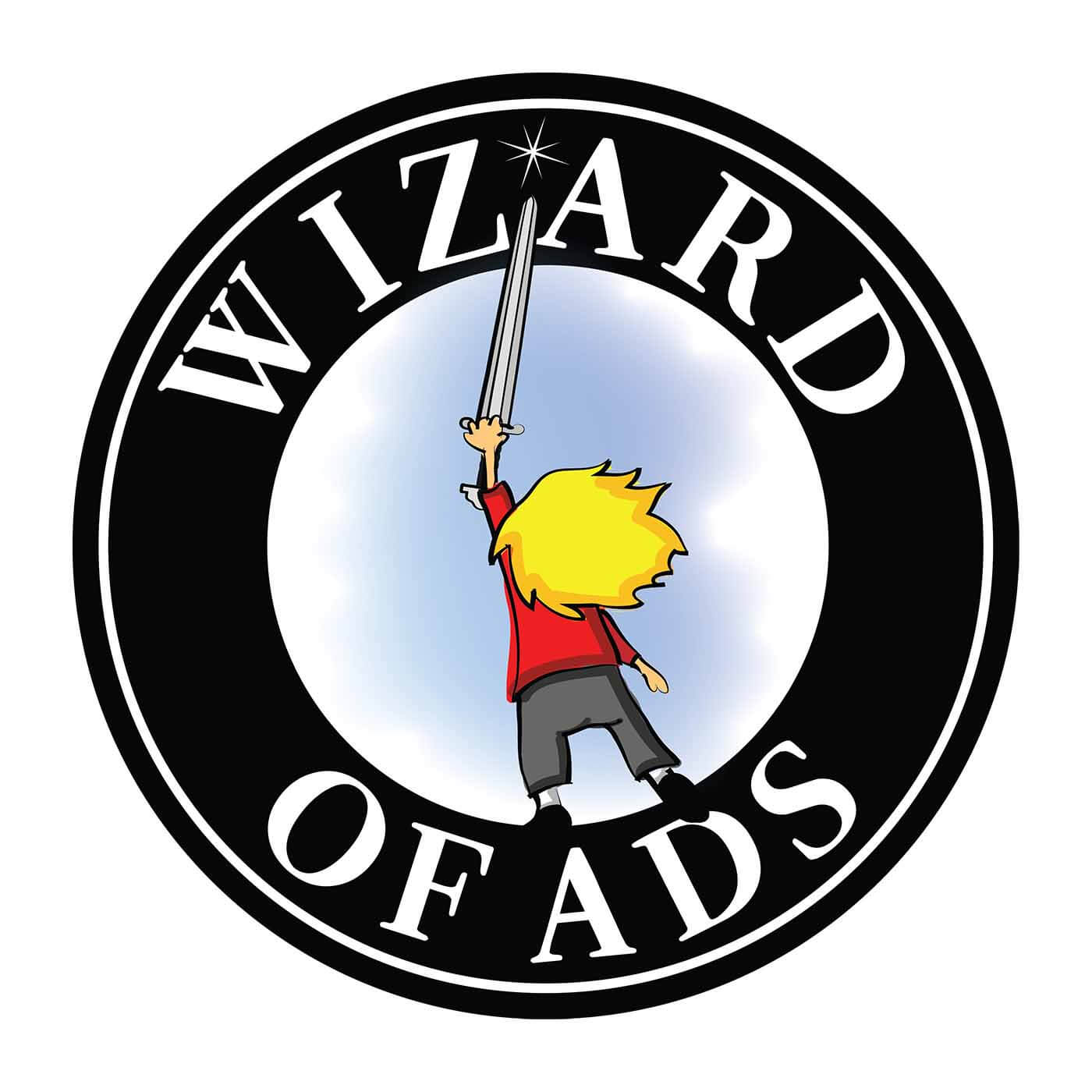full
Advertising, Like Paint "The thing that has been will be again." And other 8 Word Answers.
People who try to stay “on the cutting edge” tend to see everything as new. But the thing that has been will be again. And that which currently is, has been, long before our time.
If this observation seems familiar to you, it's probably because you remember it from a book written a few thousand years ago. Solomon went looking for the meaning of life and the essay he wrote about his journey, Ecclesiastes, opens with a similar observation about the cyclical nature of things.
I call such observations Laws of the Universe and I depend on them to make my clients rich. Sounds like a book title, doesn't it? The Wizard's Laws of the Universe? Perhaps I'll write it someday.
Right now I'm looking at a business card I've been carrying in my wallet since late autumn, 2000; Pennie and I were in Stratford, Ontario, while the Bush-Gore “hanging chad” debate raged in Florida. No one was sure who had been elected president. So at dinner in the basement of Fellini's, my partner Steve Rae casually asked, “So what do you think will happen if your boy gets elected?”
My reply was detached and instant. “We'll be at war within a year.”
Stunned, the table went quiet until Dave Martin, our host, set down his fork and asked, “Why?”
“Never put a Texan in the White House,” were the eight short words of my answer. Then, looking across the table at Bob Shrubsall, I said, “They tell me you know more about the science of paint than anyone I'll ever meet. Is that true?” Bob, in the understated way that is typical of Canadians, shared a little of his lifelong obsession with pigmentation and how it had led him into a specialized course of higher education that culminated in several college degrees and a career in research and development.
“So what makes one paint different from another?” I asked.
This question obviously energized Bob, so I pulled out a pen and began writing down what he said; “Paint, any paint,” he said, “is composed of only 4 things: pigment, vehicle, additives, and resin.”
Funny thing. Advertising is like that, too.
The pigment of an ad is its color, tone, temperament or style. It's what makes us recognize the ad as part of a specific campaign. Think of this “ad pigment” as brand essence. Most ads today are evocatively pale due to a lack of pigment.
The vehicle of an ad is the media which delivers it; newspaper, television, radio, outdoor, direct mail, internet, yellow pages and word-of-mouth are all vehicles of message delivery.
The additives of advertising are the specific message points it hopes to deliver.
The resin of an ad is what makes it stick in your mind. Surprising Broca and adding a Third Gravitating Body are just two methods of adding stickiness. Ultimately though, your ad's resin is the salience of the message as measured by the central executive of Working Memory in the dorsolateral prefrontal association area of the brain's left hemisphere.
Yes, there are laws of the universe. And one of them is that lots of things are like paint. Advertising is like paint. Reputations are like paint. It pays to understand paint.
Half the people reading this memo were likely irritated by the hyper-generalized nature of the 8-word statement I made at dinner in the basement of Fellini's. “It's more complicated than that, dammit! To say 'never put a Texan in the White House' is just shallow and simplistic and childish and irresponsible.”
Yeah, you're probably right.
But we did invade Afghanistan 10 months later.
Roy H. Williams

